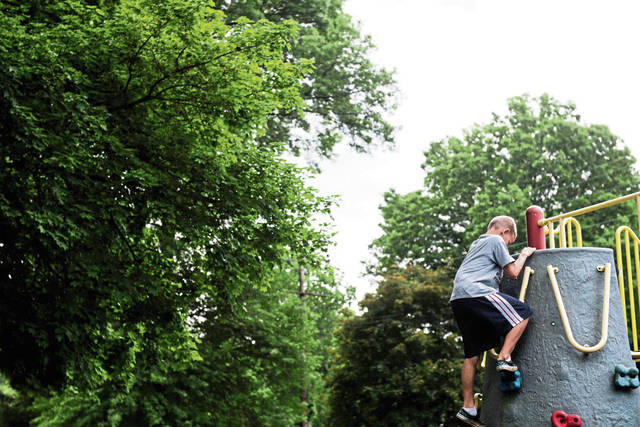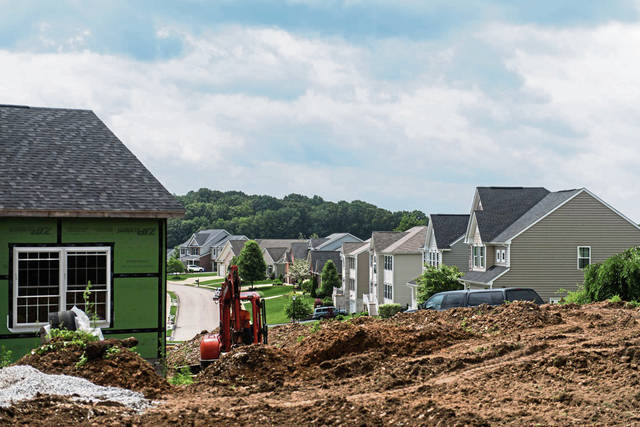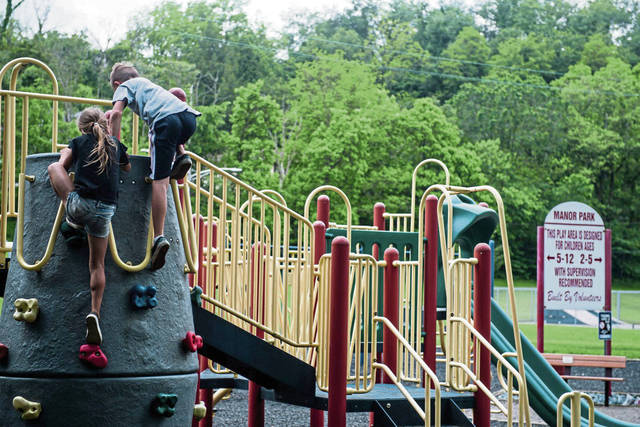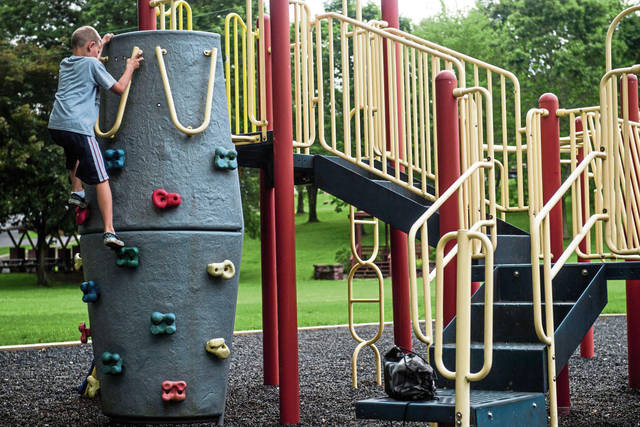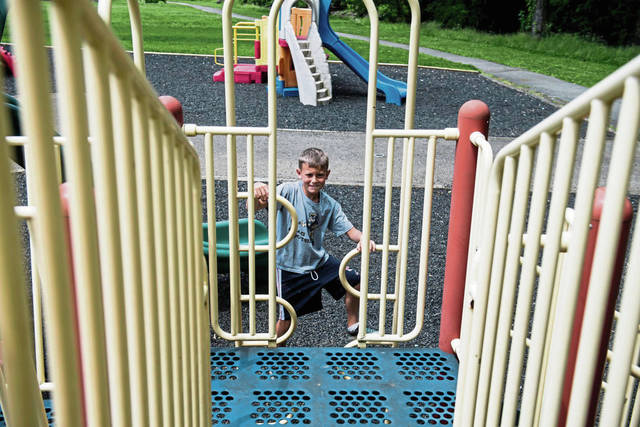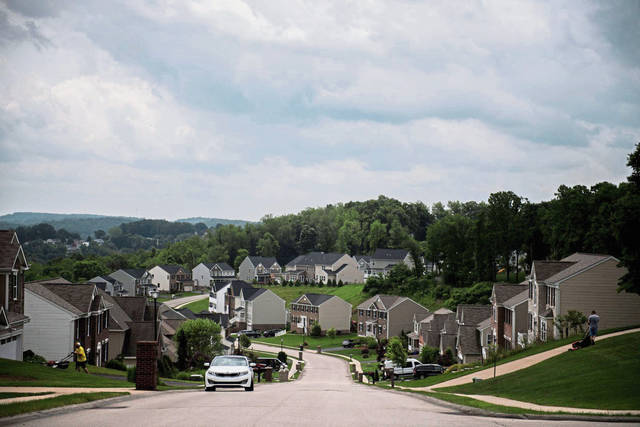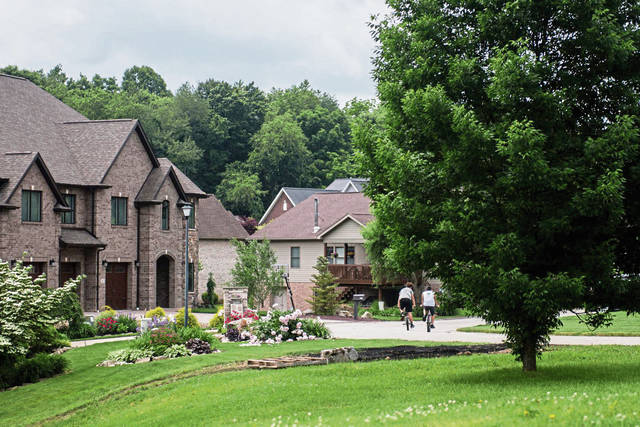Just 1 Westmoreland County municipality grew over past decade, census update shows
As Westmoreland County municipalities continue the battle against declining populations, a single locale basks in the riches of growth.
Since 2010, Manor has grown by almost 120 residents — to a population of nearly 3,360, according to 2018 estimates released this week by the U.S. Census Bureau.
More than 75% of Pennsylvania boroughs — over 750 communities in all — lost population, figures show.
Large municipalities in Westmoreland County also saw decreases, including Greensburg (4.7%), Hempfield (4.9%), New Kensington (5.7%), Lower Burrell (5.2%), Jeannette (5.4%), Murrysville (1.9%) and Unity (3.1%).
That decline is largely tied to housing developments, said Chris Briem, regional economist at the University of Pittsburgh who studies demographic trends.
“The assumption being places that are growing will likely have new building going on, and places that are not growing will not,” Briem said. “So when you see a particular municipality with a lot of growth or decline — like Manor — I suspect it can be linked to a particular housing development or some form of new institutional housing at a particular site.”
Two new housing developments — Woods of Brandywine and Crimson Pointe — have helped development in Manor, said borough manager Joseph Lapia, adding that 70 single-family homes were completed in 2018 in the Brandywine development.
“The borough’s close proximity to major highways such as the Pennsylvania Turnpike, Route 30 and Route 22 is a plus for many people,” Lapia said. “We are also primarily a residential community with very little commercial property, which some homeowners prefer.”
But using estimates from the past decade may show slight inconsistencies within boroughs, Briem said, with small pockets of development showing population swings and growth shown through building permits that is not always accurate based on redevelopment of existing buildings.
Briem added that large municipality estimates should be consistent, along with countywide estimates, meaning “there is not a lot of reason to think we will see a significant difference in the 2020 population for the seven-county region.”
Last year, Westmoreland County commissioners adopted the Reimagining Our Westmoreland comprehensive plan, a years-long development blueprint that, if successful, will stabilize and hopefully reverse population loss. In April, census figures showed that the number of county residents fell from 365,134 in 2010 to 350,611, a decrease of 14,523 — and the largest population drop in the state over that span.
Municipal officials continue efforts to make their cities, townships and boroughs more attractive.
In Greensburg, growth is starting along South Pennsylvania Avenue with new businesses, residences and a potential hotel. Hempfield officials hope to turn the large municipality into a destination community that attracts young professionals and families through jobs and housing. Jeannette is razing dilapidated houses and buildings and is adding an amphitheater along with new businesses.
Across the state, townships saw an average population increase of 69 people since 2010. Cities grew by almost 530 people during that span. Over one third of townships increased population, including Cranberry in Butler County. That long-growing township saw the state’s largest growth between 2017 and 2018, adding 870 people, or an increase of almost 3%.
Like Cranberry, several municipalities on the western edge of Allegheny County grew by more than 5%. Those include North Fayette, South Fayette, Collier, Findlay, Moon, Kennedy, Ohio, Marshall and Pine townships and Greentree, Sewickley and Franklin Park boroughs.
“Growth, not just in Cranberry, but northern Allegheny County has been a long-term trend and has been facilitated by the access Interstate 279 and Interstate 79 provide to employment centers to include Downtown Pittsburgh,” Briem said. “Western areas of Allegheny County reflect both access the parkway provides but also the development catalyzed by the airport over the last few decades.”
Last year, Hempfield lost more than 2,600 residents — the largest decrease among the nearly 1,000 Pennsylvania townships that lost population.
Boroughs, however, lost about 32 people since 2010. Only 21%, or 205 communities, saw growth, data shows.
Monroeville saw one of the highest population drops between 2017 and 2018, with a loss of more than 140 people. Most urban and suburban areas across the state saw pockets of growth, especially around Pittsburgh, State College and Philadelphia, figures show.
Pittsburgh itself, however, saw a decrease in population by more than 1%. Johnstown saw the largest decrease (over 7%), followed by New Castle (6.4%), Erie (5.2%) and Altoona (5%).
Across the state, only 12 cities showed any growth since 2010, including Philadelphia (3.8%), Allentown (2.8%), Lebanon (1.7%), Bethlehem (1.1%) and Reading (.5%).
Remove the ads from your TribLIVE reading experience but still support the journalists who create the content with TribLIVE Ad-Free.

